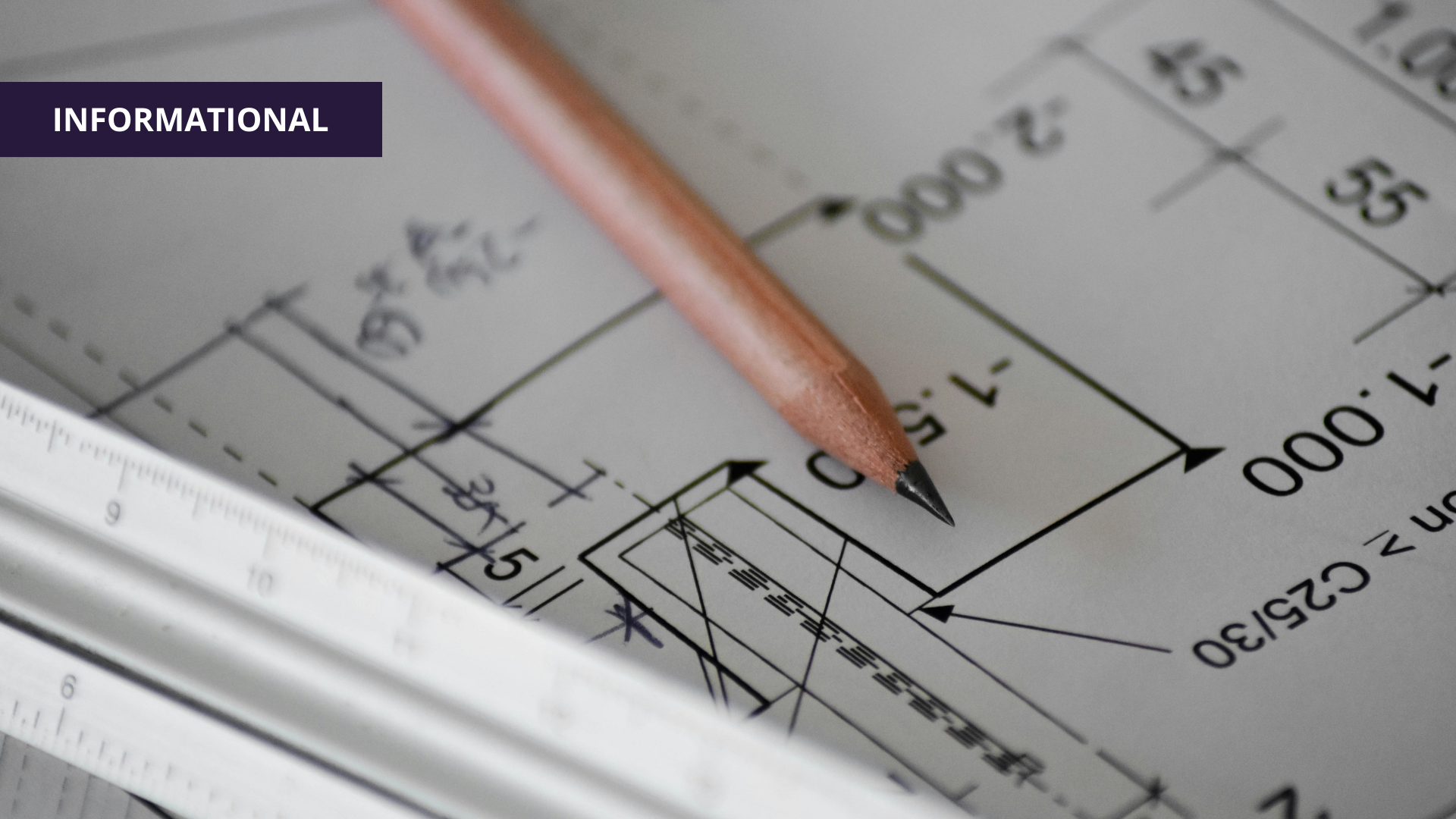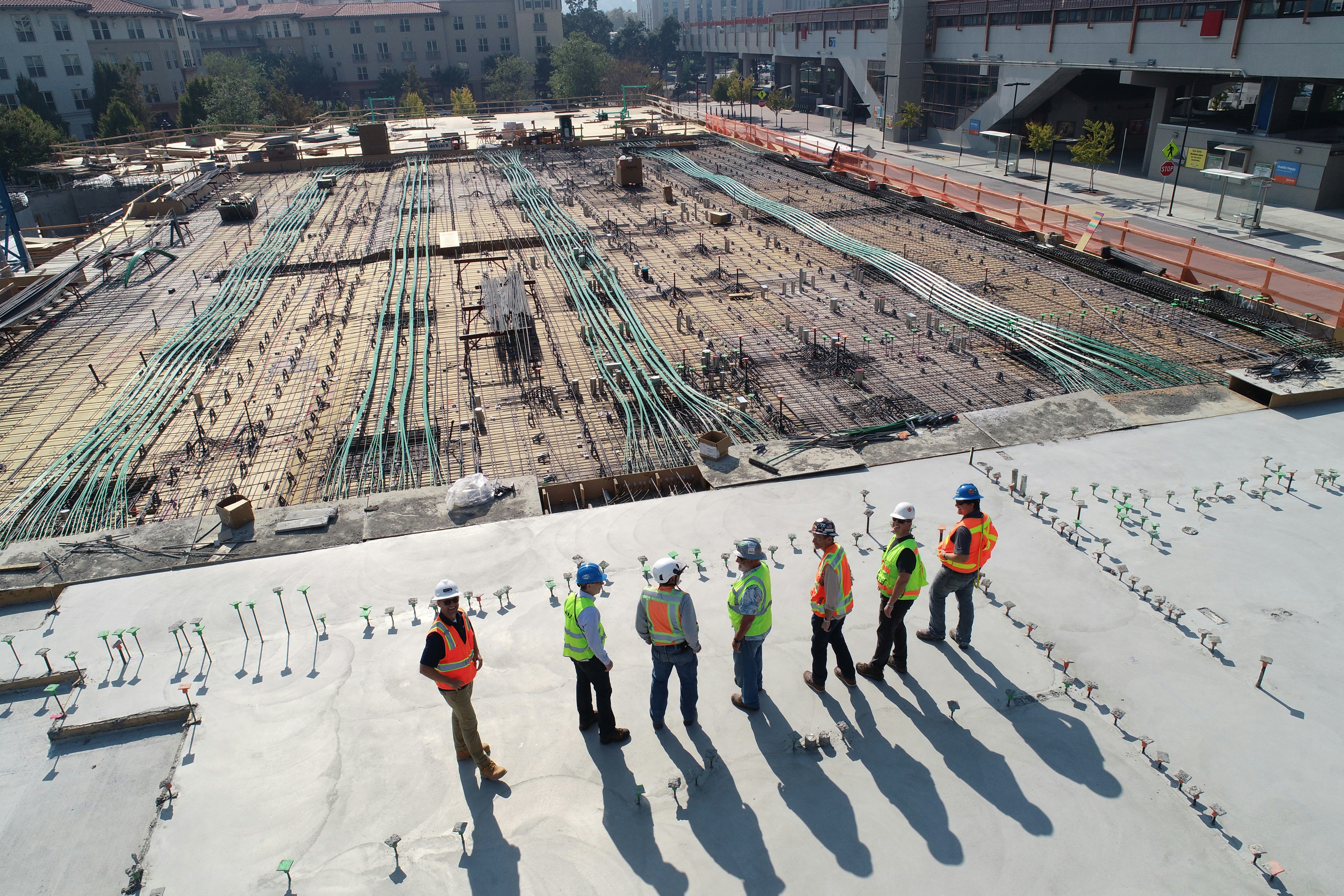3 Ways Consultants & Engineers Drive Better Project Results

Smooth Hospital Construction Starts With Expert Planning
Behind any successful hospital construction you will find a group of experienced individuals contributing their specialized areas of expertise. Often led by an architect who understands their importance to the design and planning of the project, the success of the hospital construction project relies on their foresight. This collaboration includes consultants and engineers whose collective experience and knowledge help organize processes more efficiently and identify potential issues well in advance. The result is a hospital construction project that saves money, optimizes their design, and, most importantly, creates a satisfied client who becomes an excellent referral for future projects.
How Do These Partnerships Get Better Results?
Allan Turner, a seasoned expert in hospital construction and VP of project management for TransLogic, a Swisslog Healthcare company, recently conducted a presentation comparing the standard preconstruction process to a partnership approach, contrasting how each impacts cost, design, and the nurturing of the customer relationship. Here are some key takeaways from the presentation:
1. Cost Savings
According to the Construction Industry Institute (CII), “Early involvement of key project stakeholders, including consultants and engineers, can result in cost savings of up to 20% when compared to projects where stakeholders are engaged later in the process.” How is that possible?
Example: A hospital constructing a new cancer wing.
Action items and considerations:
- Design & Preconstruction: The hospital architect needs to provide schematic designs and budgets to the customer.
- Systems Impacted: Electrical, mechanical (plumbing and HVAC), structural, pneumatic tube systems.
Recommendation: All consultants and engineers should be involved before the schematic designs and budgets are provided.
If consultants and engineers are not included early on, here are costly issues that can arise:
- Initial budgets may need to be increased due to consultant and engineer complications.
- Drawings will likely require reworking. This causes time delays and cost increases.
- Supply chain issues may arise by having to source new materials in a time crunch. Expediting them will cost more money.
- The project may not fit future growth needs, which means initiating an entirely new and costly hospital construction project, one that could have been avoided.
Early involvement of consultants and engineers either helps minimize or totally avoid these costly mistakes. Collaboration and early involvement by experienced partners iron out the wrinkles in advance. That makes for a smoother hospital construction project. And that is where significant savings can be enjoyed by all parties.
2. Better Designs
The American Society of Civil Engineers (ASCE) case study found that “Early collaboration among design professionals, engineers, and stakeholders can result in optimized designs that better meet project objectives and performance requirements.”
Example: Zee Health System conducting a full lab relocation to a separate building.
Action items and considerations:
- Design & Preconstruction: The hospital architect needs to provide schematic designs and budgets to the customer.
- Systems Impacted: Electrical, mechanical (plumbing and HVAC), structural, pneumatic tube systems.
Recommendation: All consultants and engineers should be involved before the schematic designs and budgets are provided.
If that recommendation is not followed here are issues that can arise:
- Multiple Requests for Information (RFIs) need to be created, adding time to the project.
- Incomplete or delayed city permits due to late consultant involvement.
- Forgotten or underestimated equipment and materials.
- A solution that does not fit the needs of hospital decision-makers.
Early involvement is key for space planning. Consultants and engineers may present specific options designed to meet unique needs. They are in a better position to encourage direct feedback from hospital stakeholders which can further impact design. The project will be set up for success before construction even begins.
Evaluating the Consolidated Service Model During the Design & Preconstruction Phase
In our blog “Weighing In on CSCs and ISCs” we explore the benefits and drawbacks of both the consolidated service center (CSC) and the isolated service center (ISC) pharmacy models. By considering these models early in the preconstruction process, hospitals can be blueprinted to maximize the model and operations accordingly. This approach proves much less challenging than reorganizing operations within an existing structure and the gained efficiencies serve the organization from the start.
3. Nurturing Relationships
A survey conducted by the Construction Management Association of America (CMAA) revealed that “Projects with high levels of stakeholder involvement and collaboration consistently have higher levels of client satisfaction and are more likely to result in ongoing work and referrals.”
Example: A city health system is building a new hospital.
Action items and considerations:
- Design & Preconstruction: The hospital architect needs to provide schematic designs and budgets to the customer.
- Systems Impacted: Electrical, mechanical (plumbing and HVAC), structural, pneumatic tube systems.
Recommendation: All consultants and engineers should be involved before the schematic designs and budgets are provided.
If that recommendation is not followed here are issues that can arise:
- Supply chain fire drills occur, caused by sourcing new materials in a time crunch.
- Architect and General Contractor are not aligning on what is needed.
- There is a negative impact on the quality or speed of delivering patient care.
- Premature additional construction may be required because the project didn’t consider future growth plans.
Preconstruction partnerships with consultants and engineers raise up all levels of performance for the project. Accountability is shared, potential issues identified before they become serious, and additional projects needed post construction are rare to nonexistent. Architect and builder credibility increases with few if any unwelcome surprises. That leads to repeat business and referrals for other projects.

Cutting Corners Can Be Costly
Early engagement of consultants and engineers drives better results at a lower cost. Unfortunately, the temptation continues to persist for hospital architects and contractors to cut corners and move as quickly as possible to confirm design and budget. However, doing so can just as quickly backfire in the form of inaccurate timelines, big swings in cost, and incorrect assumptions made regarding engineering requirements.
As noted in a case study from the Journal of Construction Engineering and Management, “Early engagement of consultants and engineers can help identify and address potential design conflicts or discrepancies, thereby minimizing costly change orders.”
Taking the time up front to collaborate within a team that includes experienced consultants and engineers brings multiple rewards to the architect, the team, and the finished product. Hospital construction projects that optimize quality, control costs, and add value help promote a healthy, efficient hospital environment that will bring ongoing benefits to patients, employees and to the greater community for years to come.








